Software Composition Analysis (SCA) solutions enable organizations to identify, analyze, and manage open-source components within their software projects, ensuring compliance and reducing security risks.
SCA tools are designed to detect vulnerable dependencies and licensing issues in open-source libraries. By providing detailed reports on the state of components within a software project, these tools help organizations improve their security posture and ensure license compliance. SCA solutions integrate seamlessly with existing development processes, enabling continuous monitoring and remediation efforts.
What are the critical features of SCA?SCA solutions are especially important in the finance and healthcare industries, where regulatory compliance and data security are paramount. Organizations in these sectors use SCA to maintain trust and safeguard sensitive information. In the technology industry, frequent updates and integrations make SCA an essential tool to avoid disruptions and maintain software reliability.
SCA helps organizations manage security and compliance risks associated with open-source components, providing peace of mind through proactive measures. It enables developers to focus on innovation while ensuring that software remains secure and compliant throughout its lifecycle.



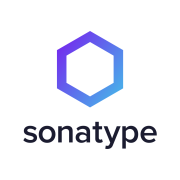

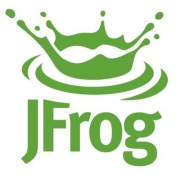

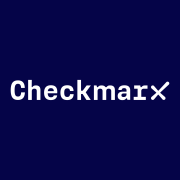







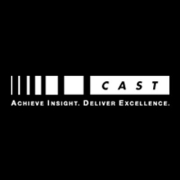


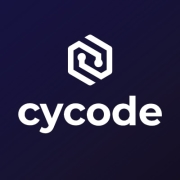









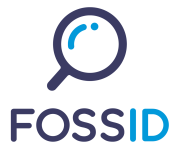




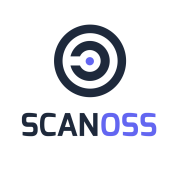
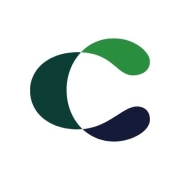

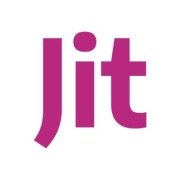

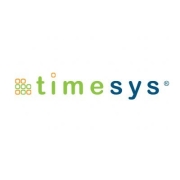
















SCA tools inspect source code, package managers, binary files, manifest files, and container images, among other things. They then compile the identified open source into a bill of materials (BOM). The BOM gets compared against a variety of databases, one of which is the U.S. government’s National Vulnerability Database (NVD), to analyze overall code quality and to discover any licenses associated with the code. The databases contain information regarding common and known vulnerabilities, and by comparing the BOM against them, a security team can identify critical legal or security vulnerabilities which they can then go on to fix.
SCA (software composition analysis) testing is a kind of application security testing (AST). The purpose of AST is to identify vulnerabilities in source code and security weaknesses in order to make applications more secure. SCA is a new technology that scans applications to identify components of open source code. In addition to security, SCA also evaluates code quality and license compliance.
Software Composition Analysis enhances application security by identifying vulnerabilities in open source components. By scanning your software's codebase, SCA tools detect outdated or risky components that could expose you to security threats. This proactive approach allows you to update or replace vulnerable components, reducing potential security risks and ensuring compliance with software regulations.
Why should you integrate SCA into your CI/CD pipeline?Integrating SCA into your CI/CD pipeline is essential for maintaining continuous security throughout your development lifecycle. With automated SCA scans, you can detect and address vulnerabilities early, preventing insecure components from reaching production. This integration helps streamline your development process, improves code quality, and ensures reliable, secure deployments.
What are the key features to look for in an SCA solution?When evaluating SCA solutions, look for features such as comprehensive vulnerability databases, customizable scanning capabilities, and seamless integrations with development tools. Prioritize solutions offering real-time alerts, detailed reporting, and risk prioritization to help you focus on the most critical vulnerabilities. These features will empower you to efficiently manage open source risks across your software projects.
How can SCA tools ensure compliance with open source licenses?SCA tools help ensure compliance by automatically identifying and cataloging all open source components in your codebase along with their associated licenses. They provide insights into potential license conflicts or usage violations, enabling you to address compliance issues proactively. By managing licensing risks, SCA tools protect you from legal disputes and financial penalties, ensuring smooth, conflict-free software delivery.
Can SCA solutions support hybrid software environments?Many SCA solutions are designed to support hybrid software environments, including cloud-native and on-premises applications. These tools can analyze diverse codebases, providing comprehensive insights into open source and third-party package usage across various platforms. This flexibility ensures that you can maintain security and compliance regardless of your software architecture, enabling secure innovation and agile development practices.